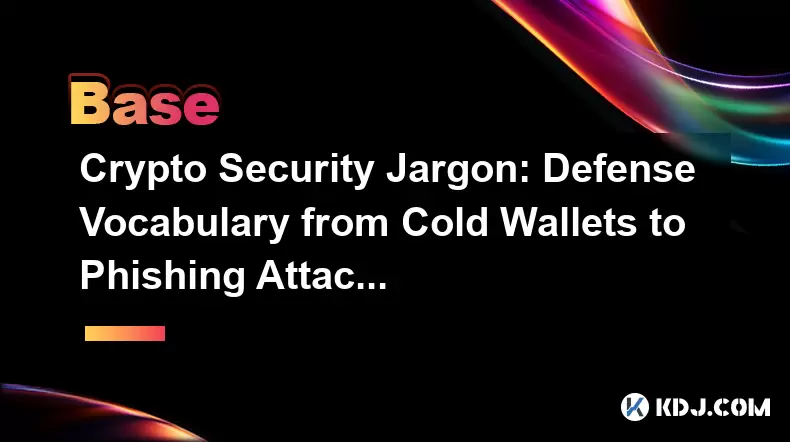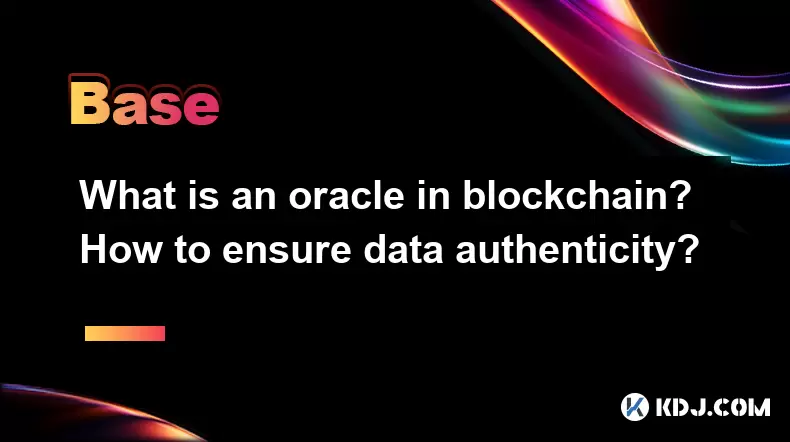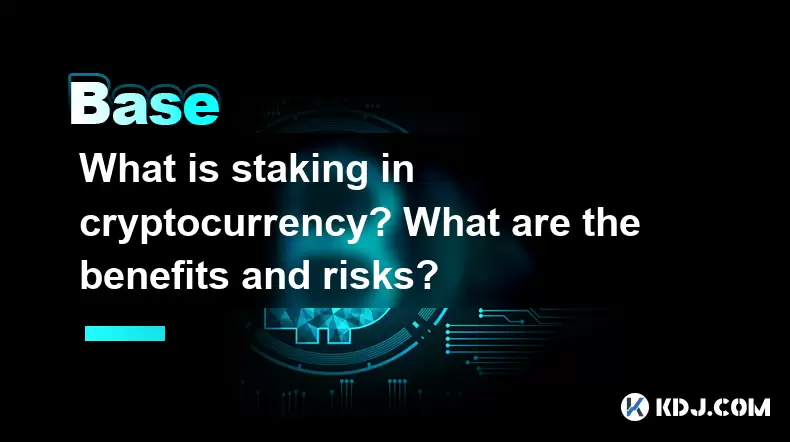-
 Bitcoin
Bitcoin $107,341.7259
0.15% -
 Ethereum
Ethereum $2,438.6204
0.70% -
 Tether USDt
Tether USDt $1.0003
-0.02% -
 XRP
XRP $2.1866
1.94% -
 BNB
BNB $649.0952
0.36% -
 Solana
Solana $150.9602
5.63% -
 USDC
USDC $0.9999
0.00% -
 TRON
TRON $0.2742
0.40% -
 Dogecoin
Dogecoin $0.1645
1.93% -
 Cardano
Cardano $0.5669
1.18% -
 Hyperliquid
Hyperliquid $37.8286
4.19% -
 Bitcoin Cash
Bitcoin Cash $491.4669
-2.74% -
 Sui
Sui $2.8150
3.06% -
 Chainlink
Chainlink $13.4184
2.91% -
 UNUS SED LEO
UNUS SED LEO $9.0809
0.27% -
 Avalanche
Avalanche $18.0295
2.60% -
 Stellar
Stellar $0.2396
1.19% -
 Toncoin
Toncoin $2.8587
0.13% -
 Shiba Inu
Shiba Inu $0.0...01160
2.59% -
 Litecoin
Litecoin $86.4192
1.45% -
 Hedera
Hedera $0.1486
1.19% -
 Monero
Monero $308.4324
0.87% -
 Polkadot
Polkadot $3.4202
1.43% -
 Bitget Token
Bitget Token $4.6436
-0.34% -
 Dai
Dai $0.9998
-0.02% -
 Ethena USDe
Ethena USDe $1.0002
0.00% -
 Uniswap
Uniswap $7.1527
3.29% -
 Pi
Pi $0.5357
-8.45% -
 Pepe
Pepe $0.0...09588
4.61% -
 Aave
Aave $259.9759
0.81%
Crypto Security Jargon: Defense Vocabulary from Cold Wallets to Phishing Attacks
Cold wallets offer offline storage for cryptocurrencies, while hot wallets are online and more vulnerable to hacking; understanding these terms is crucial for crypto security.
May 10, 2025 at 09:36 am

In the world of cryptocurrencies, security is paramount. With the rise of digital assets, understanding the jargon associated with crypto security becomes essential for anyone looking to navigate this space safely. This article delves into the defense vocabulary from cold wallets to phishing attacks, providing a comprehensive guide to the terms and concepts that can help protect your digital investments.
Cold Wallets
Cold wallets are offline storage solutions for cryptocurrencies, designed to keep your digital assets safe from online threats. Unlike hot wallets, which are connected to the internet and more susceptible to hacking, cold wallets store private keys in a physical form, making them an ideal choice for long-term storage of significant amounts of cryptocurrency.
There are several types of cold wallets, including paper wallets, hardware wallets, and even offline software wallets. Paper wallets involve printing out your public and private keys on a piece of paper, which you then store in a secure location. Hardware wallets, on the other hand, are physical devices that store your keys securely. Popular brands include Ledger and Trezor. Offline software wallets allow you to generate and store your keys on a computer that is never connected to the internet.
To use a cold wallet, follow these steps:
- Choose the type of cold wallet that suits your needs.
- Set up the wallet according to the manufacturer's instructions. For hardware wallets, this typically involves connecting the device to your computer and following the on-screen prompts. For paper wallets, you'll need to generate your keys using a secure offline computer.
- Transfer your cryptocurrencies to the cold wallet address. This can be done by sending your coins from a hot wallet or an exchange to the address provided by your cold wallet.
- Securely store your cold wallet. For hardware wallets, keep the device in a safe place. For paper wallets, store the paper in a secure location, such as a safe or a safety deposit box.
Hot Wallets
Hot wallets are digital wallets that are connected to the internet, making them convenient for frequent transactions but also more vulnerable to hacking. They are typically used for storing smaller amounts of cryptocurrency that you might need to access quickly.
Types of hot wallets include desktop wallets, mobile wallets, and web wallets. Desktop wallets are software programs installed on your computer, offering a good balance between security and accessibility. Mobile wallets are apps that you can download on your smartphone, making them ideal for on-the-go transactions. Web wallets are hosted by third-party services and accessed through a web browser, offering the least amount of security but the highest level of convenience.
To use a hot wallet, follow these steps:
- Choose the type of hot wallet that best fits your needs.
- Download and install the wallet software or access the web wallet through a browser.
- Set up the wallet by creating a new wallet or restoring an existing one using a recovery phrase.
- Transfer your cryptocurrencies to the hot wallet address. You can send coins from another wallet or an exchange to the address provided by your hot wallet.
- Secure your hot wallet by enabling two-factor authentication (2FA) and regularly backing up your wallet's recovery phrase.
Private Keys and Public Keys
Private keys and public keys are fundamental components of cryptocurrency security. A private key is a secret number that allows you to spend the cryptocurrencies associated with your wallet. It is crucial to keep your private key secure and never share it with anyone. On the other hand, a public key is used to receive cryptocurrencies and can be shared freely.
The relationship between private and public keys is based on cryptographic algorithms, such as the Elliptic Curve Digital Signature Algorithm (ECDSA). When you generate a new wallet, a private key is created, and the corresponding public key is derived from it. This public key is then used to create your wallet address, which you can share to receive payments.
To manage your keys effectively, follow these steps:
- Generate your keys using a secure method, such as a hardware wallet or an offline computer.
- Store your private key securely. For hardware wallets, the private key is stored on the device. For software wallets, you might need to write down the recovery phrase and store it in a safe place.
- Use your public key to receive cryptocurrencies. Share your wallet address with others to receive payments, but never share your private key.
Two-Factor Authentication (2FA)
Two-factor authentication (2FA) adds an extra layer of security to your cryptocurrency accounts by requiring a second form of verification in addition to your password. This can include receiving a code via text message, using an authenticator app, or even biometric methods like fingerprint or facial recognition.
Enabling 2FA on your cryptocurrency exchanges and wallets can significantly reduce the risk of unauthorized access. To set up 2FA, follow these steps:
- Choose a 2FA method. Popular options include using an authenticator app like Google Authenticator or Authy, or receiving a code via SMS.
- Enable 2FA on your account. This is usually found in the security settings of your exchange or wallet. Follow the prompts to scan a QR code or enter a setup key into your authenticator app.
- Verify the setup. You'll typically receive a code that you need to enter to confirm that 2FA is working correctly.
- Store your backup codes. Most services provide backup codes that you can use if you lose access to your 2FA method. Store these codes securely.
Phishing Attacks
Phishing attacks are one of the most common threats in the cryptocurrency space. These attacks involve scammers attempting to trick you into revealing your private keys, passwords, or other sensitive information. Phishing can take many forms, including fake websites, emails, and social media messages.
To protect yourself from phishing attacks, follow these best practices:
- Verify the authenticity of any website or communication before entering sensitive information. Look for the correct domain name and check for any signs of poor design or spelling errors.
- Use bookmarks to access your cryptocurrency exchanges and wallets, rather than clicking on links from emails or messages.
- Enable 2FA on all your accounts to add an extra layer of protection.
- Be cautious with unsolicited communications. Never click on links or download attachments from unknown sources.
- Educate yourself about common phishing tactics and stay updated on the latest scams in the cryptocurrency community.
Multi-Signature Wallets
Multi-signature wallets, or multisig wallets, require multiple private keys to authorize a transaction, adding an additional layer of security. This is particularly useful for businesses or groups that need to manage funds collectively.
To set up a multisig wallet, follow these steps:
- Choose a multisig wallet provider that supports your desired cryptocurrency.
- Create the wallet by specifying the number of signatures required to authorize a transaction. For example, a 2-of-3 multisig wallet requires two out of three private keys to sign a transaction.
- Generate the private keys for the wallet. These keys can be distributed among different individuals or devices.
- Transfer funds to the multisig wallet address. You can send cryptocurrencies from another wallet or an exchange to the address provided by your multisig wallet.
- Authorize transactions by signing them with the required number of private keys. Each key holder must sign the transaction before it can be broadcast to the network.
Conclusion
Understanding the security jargon in the cryptocurrency space is crucial for protecting your digital assets. From cold wallets to phishing attacks, each term and concept plays a vital role in safeguarding your investments. By familiarizing yourself with these terms and following the best practices outlined in this article, you can navigate the crypto world with greater confidence and security.
Frequently Asked Questions
Q: What is the difference between a cold wallet and a hot wallet?
A: The main difference between a cold wallet and a hot wallet lies in their connection to the internet. A cold wallet is an offline storage solution, making it more secure but less convenient for frequent transactions. A hot wallet is connected to the internet, offering greater accessibility but also increased vulnerability to hacking.
Q: How can I recover my cryptocurrencies if I lose access to my wallet?
A: Recovery methods depend on the type of wallet you are using. For hardware wallets and many software wallets, you can use the recovery phrase provided during setup to restore your wallet on a new device. For paper wallets, you need to keep the physical paper safe, as there is no digital backup. Always ensure you have a secure backup of your recovery phrase or private keys.
Q: Are multi-signature wallets more secure than single-signature wallets?
A: Multi-signature wallets can be more secure than single-signature wallets because they require multiple private keys to authorize a transaction. This adds an extra layer of protection against unauthorized access, as a single compromised key is not enough to steal the funds. However, they can be more complex to set up and manage.
Q: Can phishing attacks be completely prevented?
A: While it's impossible to completely eliminate the risk of phishing attacks, you can significantly reduce your vulnerability by following best practices such as verifying the authenticity of communications, enabling 2FA, and staying educated about common phishing tactics. Awareness and caution are key to protecting yourself from these threats.
Disclaimer:info@kdj.com
The information provided is not trading advice. kdj.com does not assume any responsibility for any investments made based on the information provided in this article. Cryptocurrencies are highly volatile and it is highly recommended that you invest with caution after thorough research!
If you believe that the content used on this website infringes your copyright, please contact us immediately (info@kdj.com) and we will delete it promptly.
- AI Token Taking Over: Why Smart Investors are Eyeing Audited Crypto Ruvi AI
- 2025-06-29 04:30:12
- Ethereum, AI Tokens, and Growth: Is Ruvi AI the Next Big Thing?
- 2025-06-29 04:30:12
- Hedera Price: Decoding Technical Signals and Upside Potential
- 2025-06-29 04:50:13
- Altcoin Rally on the Horizon? Decoding the Potential Boom
- 2025-06-29 04:35:12
- On-Chain Data Deep Dive: Altcoin Growth & Transaction Volume Insights
- 2025-06-29 05:30:13
- Cryptos, Real Growth, 2025: Navigating the Landscape
- 2025-06-29 05:30:13
Related knowledge

What is an oracle in blockchain? How to ensure data authenticity?
Jun 19,2025 at 08:49pm
Understanding the Role of an Oracle in BlockchainIn the context of blockchain technology, an oracle serves as a bridge between the blockchain and external data sources. While blockchains are inherently secure and decentralized, they cannot access real-world information on their own. Oracles enable smart contracts to interact with off-chain data such as ...

What are ICOs and IDOs in cryptocurrency? How to identify high-quality projects?
Jun 22,2025 at 11:49am
Understanding ICOs in CryptocurrencyInitial Coin Offerings (ICOs) are fundraising mechanisms used by cryptocurrency startups to raise capital for their projects. In an ICO, a company creates and sells its own tokens to investors in exchange for established cryptocurrencies like Bitcoin or Ethereum. The process typically involves the release of a whitepa...

What is the core concept of Web3.0? How is it different from Web2.0?
Jun 21,2025 at 05:56pm
Decentralization as the Foundation of Web3.0The core concept of Web3.0 revolves around decentralization, which fundamentally challenges the centralized architecture of Web2.0. In Web3.0, control and ownership are distributed across a network rather than being held by a central authority or corporation. This is achieved primarily through blockchain techn...

What is blockchain gaming (GameFi)? How to make money while playing?
Jun 20,2025 at 07:56am
Understanding Blockchain Gaming (GameFi)Blockchain gaming, often referred to as GameFi, is a fusion of blockchain technology and video games. It enables players to own in-game assets through non-fungible tokens (NFTs) and earn rewards via cryptocurrencies or token-based systems. Unlike traditional games where items are controlled by centralized develope...

What is staking in cryptocurrency? What are the benefits and risks?
Jun 22,2025 at 10:01am
Understanding the Concept of Staking in CryptocurrencyStaking in cryptocurrency refers to the process of actively participating in transaction validation on a blockchain network that uses a Proof-of-Stake (PoS) consensus mechanism. Instead of miners competing to solve complex mathematical puzzles as in Proof-of-Work systems like Bitcoin, PoS blockchains...

How does the Lightning Network solve Bitcoin congestion? What is the usage process?
Jun 23,2025 at 06:21pm
Understanding Bitcoin Network CongestionBitcoin, as a decentralized digital currency, operates on a blockchain that records every transaction in a public ledger. Each block has a limited size, typically 1 megabyte, which allows for only a certain number of transactions per second (TPS). When the number of transactions increases, the network becomes cong...

What is an oracle in blockchain? How to ensure data authenticity?
Jun 19,2025 at 08:49pm
Understanding the Role of an Oracle in BlockchainIn the context of blockchain technology, an oracle serves as a bridge between the blockchain and external data sources. While blockchains are inherently secure and decentralized, they cannot access real-world information on their own. Oracles enable smart contracts to interact with off-chain data such as ...

What are ICOs and IDOs in cryptocurrency? How to identify high-quality projects?
Jun 22,2025 at 11:49am
Understanding ICOs in CryptocurrencyInitial Coin Offerings (ICOs) are fundraising mechanisms used by cryptocurrency startups to raise capital for their projects. In an ICO, a company creates and sells its own tokens to investors in exchange for established cryptocurrencies like Bitcoin or Ethereum. The process typically involves the release of a whitepa...

What is the core concept of Web3.0? How is it different from Web2.0?
Jun 21,2025 at 05:56pm
Decentralization as the Foundation of Web3.0The core concept of Web3.0 revolves around decentralization, which fundamentally challenges the centralized architecture of Web2.0. In Web3.0, control and ownership are distributed across a network rather than being held by a central authority or corporation. This is achieved primarily through blockchain techn...

What is blockchain gaming (GameFi)? How to make money while playing?
Jun 20,2025 at 07:56am
Understanding Blockchain Gaming (GameFi)Blockchain gaming, often referred to as GameFi, is a fusion of blockchain technology and video games. It enables players to own in-game assets through non-fungible tokens (NFTs) and earn rewards via cryptocurrencies or token-based systems. Unlike traditional games where items are controlled by centralized develope...

What is staking in cryptocurrency? What are the benefits and risks?
Jun 22,2025 at 10:01am
Understanding the Concept of Staking in CryptocurrencyStaking in cryptocurrency refers to the process of actively participating in transaction validation on a blockchain network that uses a Proof-of-Stake (PoS) consensus mechanism. Instead of miners competing to solve complex mathematical puzzles as in Proof-of-Work systems like Bitcoin, PoS blockchains...

How does the Lightning Network solve Bitcoin congestion? What is the usage process?
Jun 23,2025 at 06:21pm
Understanding Bitcoin Network CongestionBitcoin, as a decentralized digital currency, operates on a blockchain that records every transaction in a public ledger. Each block has a limited size, typically 1 megabyte, which allows for only a certain number of transactions per second (TPS). When the number of transactions increases, the network becomes cong...
See all articles

























































































